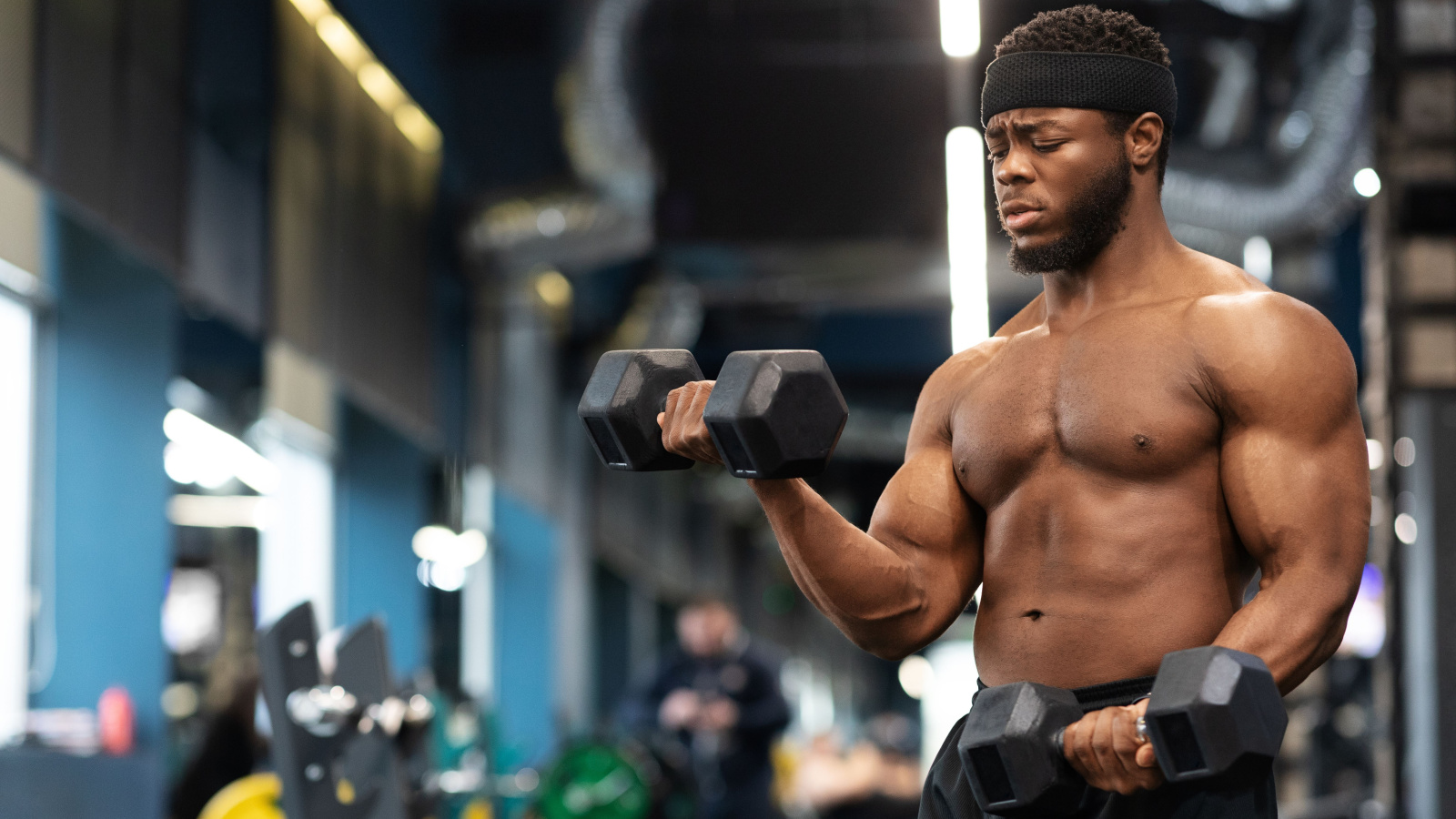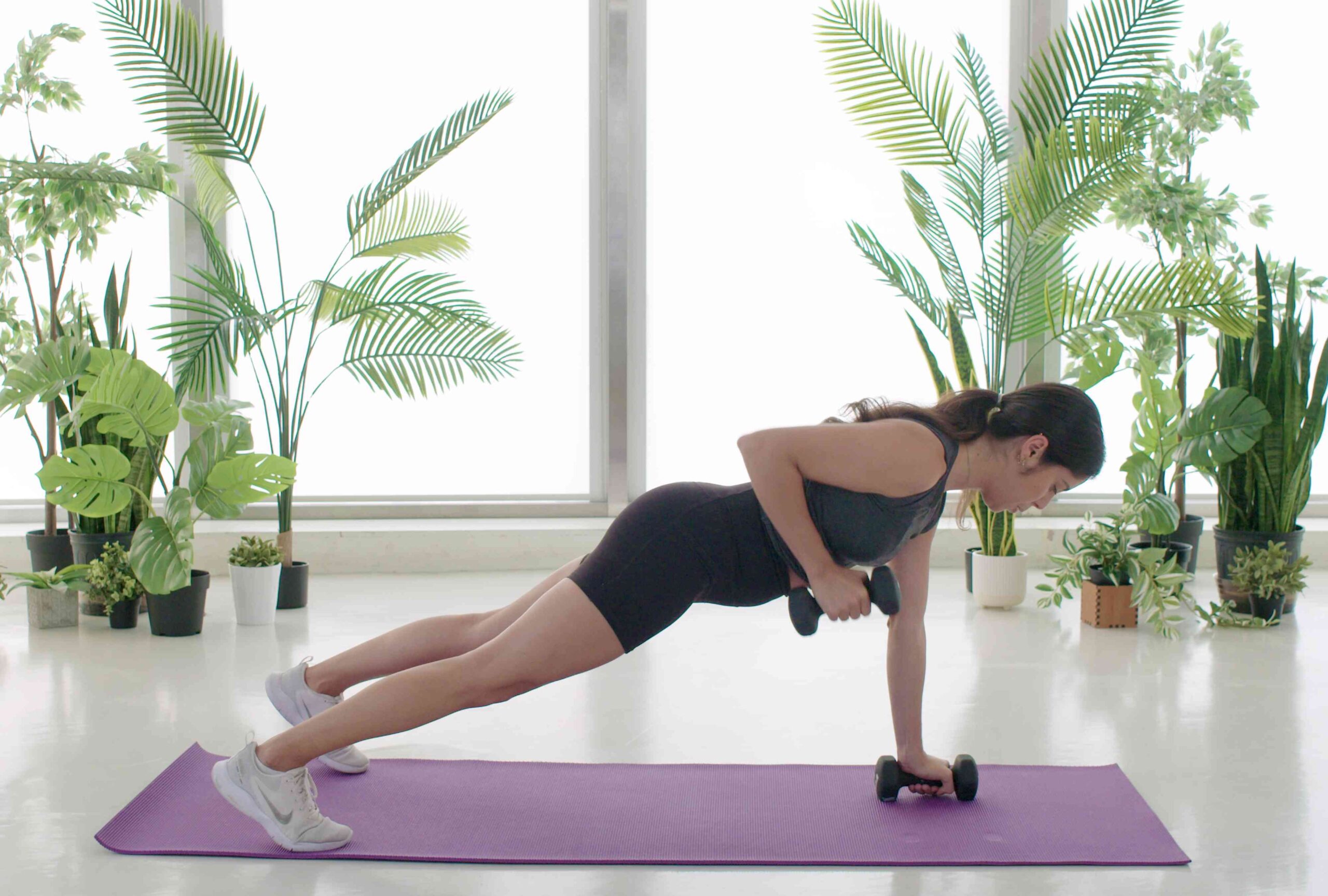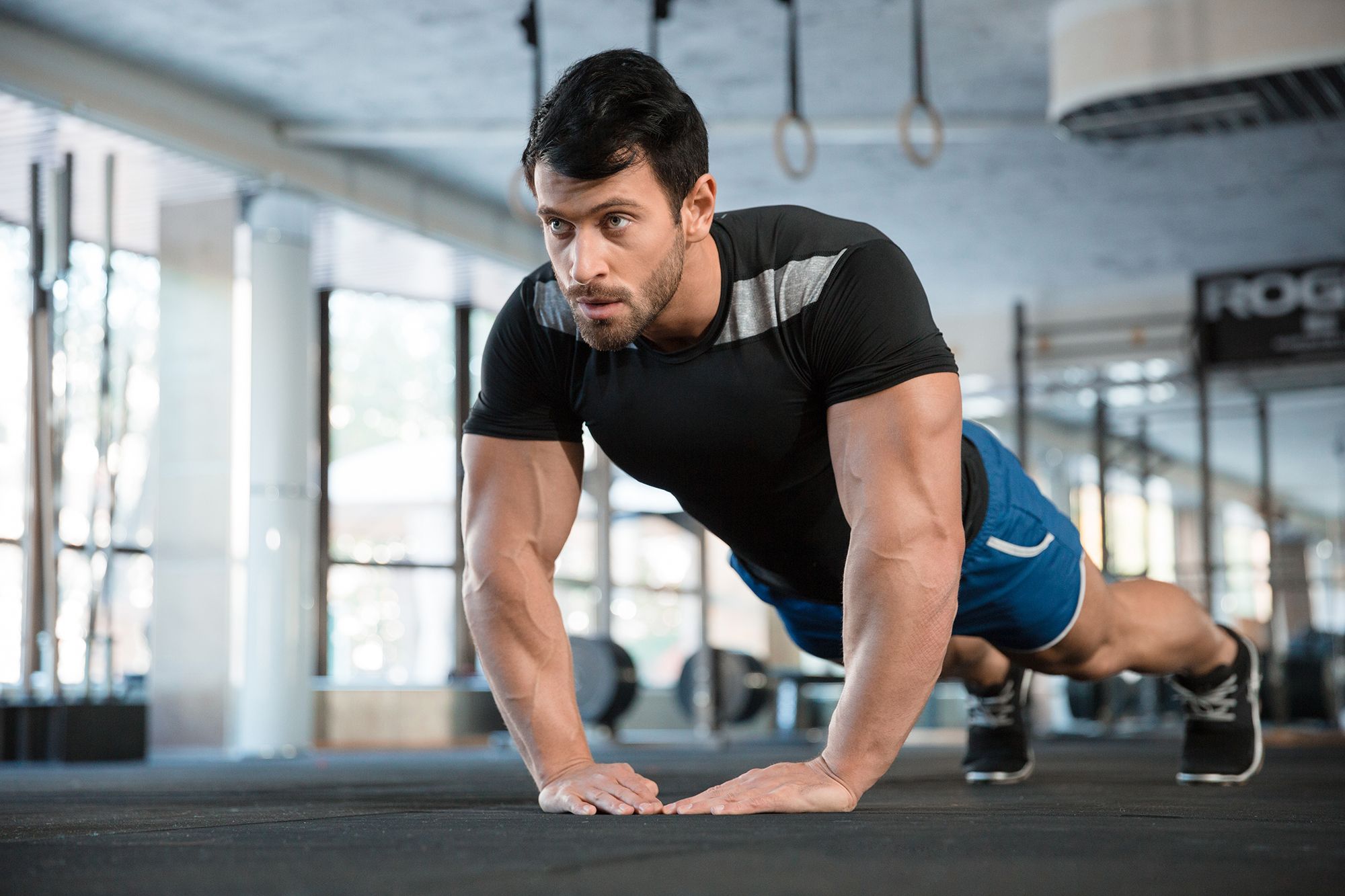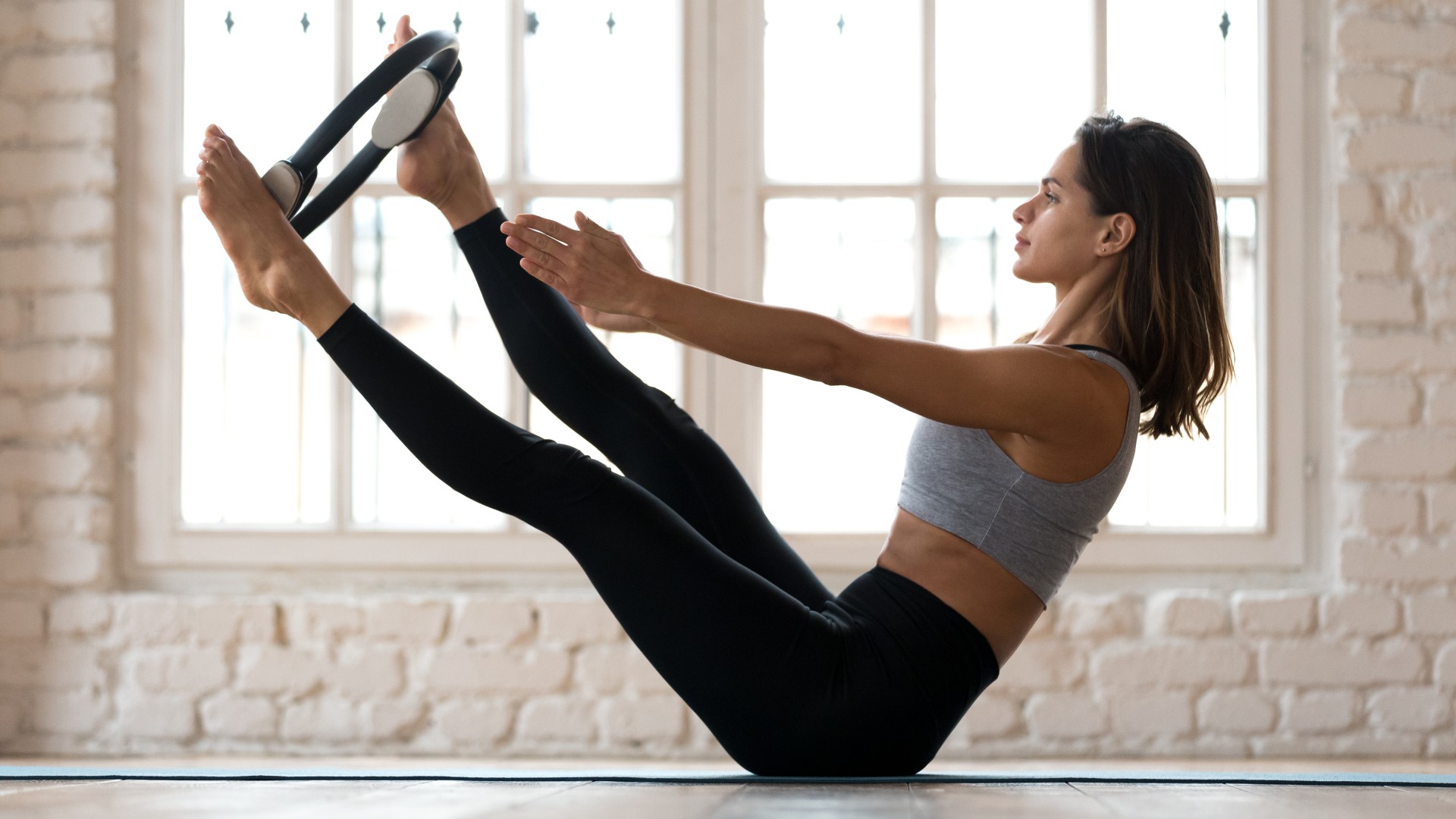Biceps workouts are essential for anyone looking to enhance their arm strength and muscle definition. Incorporating targeted biceps exercises into your routine will help you achieve impressive muscle growth and improve your overall upper body strength. Understanding the anatomy of the biceps and how to engage these muscles effectively can lead to significant gains over time.
From basic curls to advanced techniques, you have many options to choose from. Consistently performing the right biceps exercises allows you to build and sculpt your arms while minimizing the risk of injury. Optimizing your workout routine with these focused movements will ensure that you maximize your results and enjoy your training sessions.
Key Takeaways
- Targeted biceps exercises boost muscle growth and improve strength.
- Incorporating various techniques can enhance your biceps development.
- Effective workout routines and recovery are key for optimal results.
Anatomy of the Biceps and Fundamentals of Growth
The biceps are key muscles in your upper arms, crucial for both aesthetics and functional strength. Understanding their structure and movement mechanics will help you train effectively for growth. Several factors influence muscle size and strength, which are important when planning your workouts.
Understanding Bicep Muscle Structure
The biceps brachii consists of two muscle heads: the short head and the long head. The short head is located on the inner side of your arm and contributes to the width of your biceps. The long head runs on the outer part and provides that peak appearance when you flex.
In addition to the biceps brachii, the brachialis and brachioradialis play important roles. The brachialis is positioned beneath the biceps and contributes significantly to elbow flexion. The brachioradialis, running along the forearm, assists in flexing the elbow, especially when the arm is in a neutral position.
Mechanics of Biceps Movement
When training the biceps, you primarily focus on two movements: elbow flexion and supination. Elbow flexion occurs when you bend your arm, such as during a bicep curl. This action primarily engages your biceps brachii and brachialis.
Supination involves rotating your forearm so your palm faces up. This movement not only targets your biceps but also enhances muscle activation across all heads. Exercises like chin-ups and curls can incorporate both elbow flexion and supination for maximum effectiveness.
Key Factors in Muscle Hypertrophy
To achieve growth in your biceps, focus on a few key factors. Progressive overload is essential; this means gradually increasing the weight or intensity of your workouts. Aim for a rep range of 6 to 12 for muscle growth, as this is known to promote hypertrophy effectively.
Frequency also matters. Train your biceps at least twice a week to stimulate growth. Additionally, ensure you have adequate nutrition and rest. Consuming enough protein and allowing your muscles to recover will optimize your biceps training outcomes.
Essential Biceps Exercises and Variations
Building strong biceps requires a mix of effective exercises and variations. You can enhance muscle growth through different movements while paying attention to how each targets the biceps.
Mastering the Barbell Curl
The barbell curl is a classic exercise for biceps development. This compound movement targets the entire biceps brachii, helping you build mass and strength. To perform this exercise, stand with your feet shoulder-width apart.
Hold a barbell with both hands, palms facing upward. Keep your elbows close to your body as you curl the barbell toward your shoulders. Focus on contracting your biceps at the top of the movement.
Doing 3-4 sets of 8-12 reps is effective. Variations include using an EZ-bar for a more comfortable grip or alternating between underhand and overhand grips to hit different muscle areas.
Efficacy of Dumbbell Movements
Dumbbell curls, such as the concentration curl and hammer curl, are essential for bicep workouts. The concentration curl focuses on one arm at a time, ensuring maximum tension on the bicep muscle. Sit on a bench, rest your elbow on your inner thigh, and curl the dumbbell toward your shoulder.
The hammer curl, with palms facing inward, works the brachialis muscle, adding thickness to your upper arm.
Incorporating incline dumbbell curls allows for a greater range of motion, activating more muscle fibers. Aim for 3-4 sets of 10-15 reps for each variation to see noticeable gains.
Innovative Cable and Resistance Band Workouts
Cable curls and resistance band workouts provide unique benefits. Cable curls maintain constant tension on the biceps throughout the movement, which can enhance muscle activation. Adjust the pulley to a low position, grab the handle, and curl towards your forehead.
Adding resistance bands can also diversify your routine. They allow for more dynamic movements and can be used for banded bicep curls. Step on the band with feet shoulder-width apart and curl the handles toward your shoulders.
Both options can be effective additions to your bicep workout, offering stability and adaptability for any fitness level.
Isolation vs Compound Movements
In bicep training, understanding the difference between isolation and compound movements is key. Isolation exercises like preacher curls focus solely on the biceps, enabling you to hone in on muscle growth. This strict movement ensures that other muscles do not assist, leading to more targeted development.
On the other hand, compound exercises like chin-ups also work the biceps while engaging multiple muscle groups. Combining both types in your routine creates a balanced approach.
To maximize gains, consider doing 2-3 isolation movements for every 1 compound exercise you perform. This strategy ensures that your biceps develop optimally while supporting overall strength.
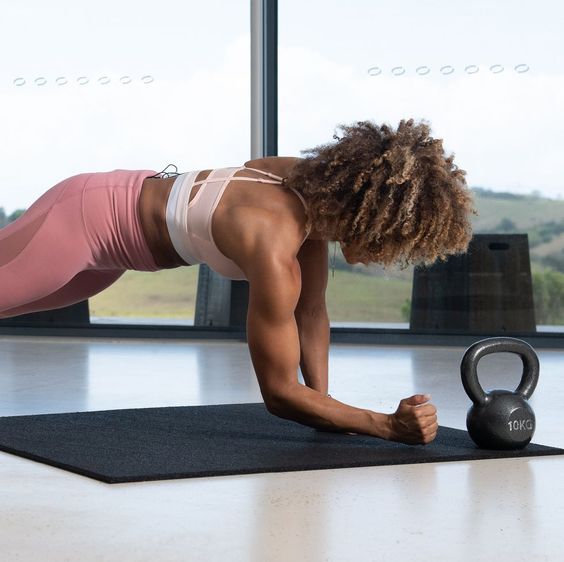

Advanced Techniques for Enhanced Biceps Development
To achieve greater biceps development, advanced techniques can increase intensity and promote muscle growth. Focus on time under tension, eccentric overload, mechanical drop sets, and maximizing the strength curve. These strategies help develop both the short head and the long head of the biceps for a well-rounded peak.
Optimizing Time Under Tension
Time under tension (TUT) is critical for muscle growth. It refers to how long your muscles are under strain during an exercise. For biceps, aim for 30 to 60 seconds per set.
- Perform slow, controlled movements during curls.
- Consider using a 3:1:3 tempo: 3 seconds up, 1-second hold, and 3 seconds down.
- This extended time under tension increases muscle activation and encourages growth.
You should also avoid using momentum. Draw your focus to the biceps by limiting rest periods. Keeping them shorter, around 30 seconds, can enhance muscular endurance and growth.
Integrating Eccentric Overload
Eccentric overload involves focusing on the lowering phase of an exercise, where muscles are lengthening. This technique can boost strength and size by placing more stress on the muscle fibers.
- Use heavier weights for the eccentric part of bicep curls, ideally 10-20% more than your lifting weight.
- Have a partner assist you on the concentric lift while you control the slower descent.
Combine this with exercises like hammer curls or incline curls. The biceps are under tension longer, leading to increased micro-tears in muscle fibers, which is essential for growth.
Employing Mechanical Drop Sets
Mechanical drop sets are a method that allows you to continue an exercise until failure by altering the mechanics. This technique enhances intensity and keeps the biceps working without losing tension.
- Start with a heavy movement like barbell curls and drop to a different angle, like incline dumbbell curls.
- Aim for 3-4 sets with minimal rest.
For example, perform barbell curls until failure, then immediately switch to concentration curls. This not only boosts training volume but also maintains focus on the biceps throughout the set.
Maximizing the Strength Curve
Maximizing the strength curve means understanding how the biceps perform differently at various angles. Exercises should be chosen to target different parts of the strength curve.
- Incorporate movements that emphasize the peak contraction of the biceps, like preacher curls.
- Use varied grips to engage different fibers while focusing on the muscle peak.
Experiment with different ranges of motion, such as partial range reps at the peak and bottom, to enhance activation. This technique can improve overall strength and add definition to your biceps.
Effective Workout Routines and Recovery
Building strong biceps involves not just the right exercises, but also a well-structured workout routine and proper recovery. The balance between these elements is key to effective bicep development.
Designing a Balanced Biceps Routine
To create an effective biceps workout, start with compound exercises like barbell curls and chin-ups. These exercises engage multiple muscle groups and help increase overall strength. Follow up with isolation exercises such as concentration curls and incline dumbbell curls to target the biceps directly.
Aim for a training volume of 3-4 sets of each exercise, with 8-12 reps per set. This rep range is ideal for muscle growth. It’s also crucial to incorporate variation in your routine. This can prevent plateaus and keep your workouts interesting.
Be sure to include progressive overload by gradually increasing weights over time. This will challenge your muscles and promote further growth. Lastly, balance your biceps workouts with triceps and back exercises to maintain overall arm strength.
Importance of Rest and Recovery
Recovery is as important as the workout itself. Adequate rest allows your biceps to repair and grow stronger. Aim for 48 hours of rest between biceps workouts to avoid overtraining.
Incorporate active recovery days, where you engage in light activity, such as walking or stretching. This helps improve blood flow to the muscles and aids recovery without stressing them.
Stay hydrated and maintain a balanced diet rich in protein. This supports muscle healing and growth. Consider incorporating a few rest days into your weekly routine to give your body a break.
Listening to your body is vital. If you feel excessive fatigue or soreness, it might be a sign to take an extra rest day. Prioritizing recovery will lead to better results in your bicep training.
